#1970s
Junkyard Find: 1977 Dodge Tradesman 200 Mystery Machine
The Chrysler Corporation sold vans based on the B-Series platform from the 1971 through 2003 model years, giving them Dodge, Plymouth and Fargo badging along the way. Today's Junkyard Find is a first-generation B-van, found in a Colorado boneyard.
In Memoriam: Marcello Gandini, an Automotive Design Master
The world lost one of its preeminent car designers today, as Marcello Gandini has passed away at the age of 85. Though perhaps best known for the flashy and outrageous Lamborghini Countach, Gandini’s pen was applied to many other Italian, German, French, British, Japanese, and Swedish concepts and production designs. Gandini’s prolific portfolio of work made a permanent mark on automotive design.
Junkyard Find: 1971 MG MGB-GT
The last model year for MG in the United States was 1980, but that doesn't mean that Morris Garage vehicles have become impossible to find in our car graveyards right now. Far from it! Examples of the Midget and the MGB continue to show up at Ewe Pullets throughout the land, but the Pininfarina-styled MGB-GT hatchback has been a lot harder to find than its convertible sibling. Here's one of those cars, found at a family-owned yard just south of Denver.
Junkyard Find: 1970 Volvo 145
Because Volvo sold the 200 Series cars here from the 1975 through 1993 model years and so many owners loved those sensible bricks so deeply, plenty are only now showing up in the self-service car graveyards I frequent. What about the 200's predecessor, the 140?
Junkyard Find: 1979 Alfa Romeo Spider Veloce
Alfa Romeo Spiders weren't especially difficult to find in American car graveyards as recently as 15 years ago; I saw perhaps one for every three MGBs or Fiat 124 Sport Spiders during my junkyard travels back then. Today, the MGBs and 124s keep showing up in Ewe Pullets just as they always have, while I might find one discarded Alfa Spider every few years. Here's the latest one: a '79 in a yard (on the aptly named Dismantle Court) just to the east of Sacramento, California.
Abandoned History: Oldsmobile's Guidestar Navigation System and Other Cartography (Part II)
In last week’s installment of Abandoned History, we learned about General Motors’ 1966 magnet-based primitive navigation system, DAIR. The inclusive system featured emergency messages, traffic bulletins played inside the car, and route guidance. DAIR never progressed beyond the concept stage and two total test vehicles, largely because it would have meant buried magnets and accompanying signal relay stations at every major intersection in the country. Some 25 years later The General tried it again, but technology progressed considerably by that point.
Junkyard Find: 1975 Volkswagen Rabbit 4-Door
From the time of the first KdF-Wagens until distressingly deep into the 1970s, Volkswagens had air-cooled engines in back and rode on goofy 1930s chassis designs. Finally, the Audi 80-based Dasher showed up here as a 1974 model, but it wasn't until the following model year that the first true water-cooled VW went on sale in North America.
Junkyard Find: 1972 Chevrolet Vega Kammback
General Motors built more than two million Chevy Vegas, and they were everywhere on the roads of North America through about the second half of the 1980s. The Vega has been a junkyard rarity for decades now, but I just found six early Vegas all within a couple of rows of one another in a Denver self-service yard. Today, we'll look at the only wagon of that group.
Junkyard Find: 1972 Ford Econoline "BIG CHEESE"
What kind of discarded vehicles look like they'd have the most interesting stories to tell? Customized Detroit vans from the 1960s and 1970s, of course! Today's Junkyard Find is just such a van, a Colorado second-generation Econoline called BIG CHEESE.
Junkyard Find: 1978 Chrysler LeBaron Coupe
The LeBaron name goes well back in Chrysler history, starting when the coachbuilder known as LeBaron Carrossiers was purchased by Detroit car-body-builder Briggs Manufacturing in 1926 and Chrysler bought Briggs in 1953. After various high-end Imperials got LeBaron branding over the decades, Chrysler decided to turn the Dodge Diplomat into a swanky luxury machine and revive the storied LeBaron name in the process. Here's one of those cars, found in a Denver boneyard recently.
Junkyard Find: 1976 Pontiac Grand Prix LJ
From the time John DeLorean and his Pontiac co-conspirators created the 1962 Grand Prix until the very last W-Body Grand Prix appeared a couple of years before Pontiac's demise, millions of North American car shoppers eagerly purchased the affordable sportiness of the Grand Prix. Today's Junkyard Find is an example from the very pinnacle of Grand Prix sales, found in pretty decent condition in a Colorado self-service wrecking yard.
Junkyard Find: 1979 Lincoln Continental Town Car
1979 was the final model year for genuinely enormous Lincoln sedans, with the mighty Continental moving to the Panther platform for 1980. Today's Junkyard Find, found in a Colorado car graveyard recently, is one of those era-ending Continentals.
Rare Rides Icons: The Lincoln Mark Series Cars, Feeling Continental (Part XXX)
It’s our 30th installment in the Lincoln Mark series, and we’re at a low point. As mentioned last time a confluence of different factors forced downsizing across the American car landscape. Money-saving tactics from the accountants at Ford meant the new, “improved,” and much smaller Mark VI wore almost identical styling to its lesser Continental sibling (a first). Both cars even shared a platform, with Mark VI offered in required two- and unexpected four-door guises.
Junkyard Find: 1978 Mercedes-Benz 240 D
The engine of the current Mitsubishi Mirage, much derided for its alleged slowness, must pull a bit more than 27 pounds of car for each of its 78 horsepower. That's underpowered, yes? Not compared to the Mercedes-Benz W123 equipped with a naturally-aspirated four-cylinder diesel engine! That's the car we're going to admire for this week's Junkyard Find.
Junkyard Find: 1977 Buick Skylark Sedan
Starting with the 1962 model year, GM sold cars on the new compact rear-wheel-drive X Platform (thus dooming the Corvair long before Ralph Nader had any say in the matter). In the United States, these cars were Chevrolet Chevy IIs and Novas; north of the border, they were Acadians. Eventually, the platform got bigger and the other GM car divisions jumped in for a piece of the action. Buick sold these cars from the 1973 through 1979 model years, and I've found one of those Buickized Novas in a boneyard near Reno, Nevada.
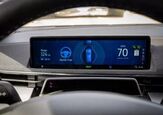
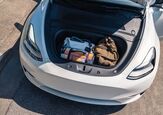

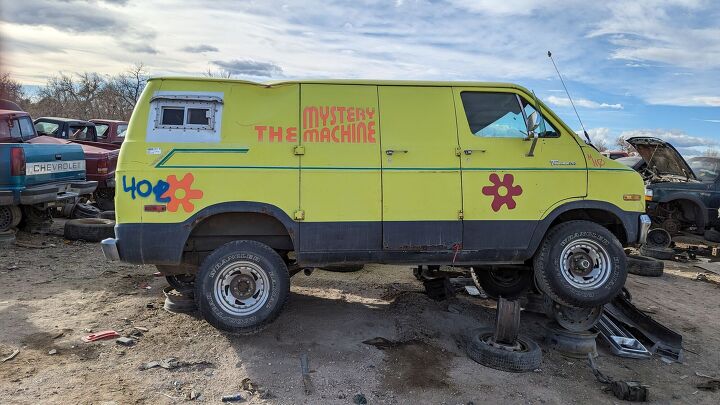
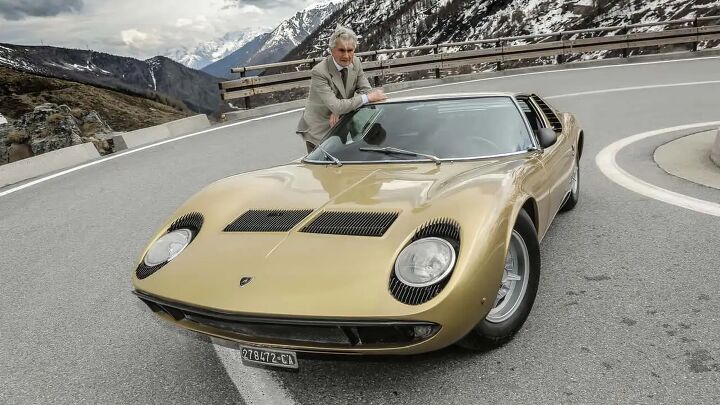
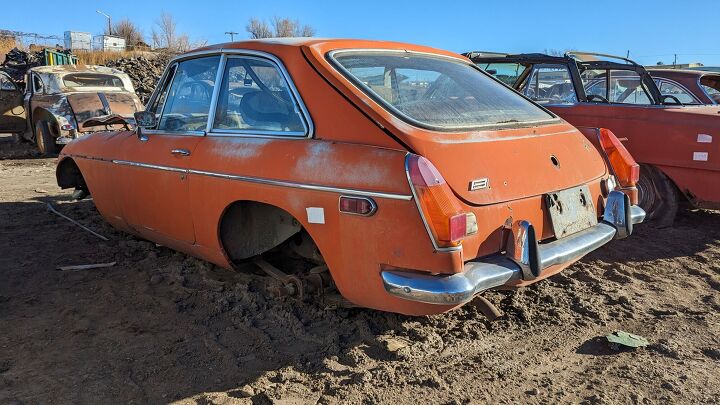
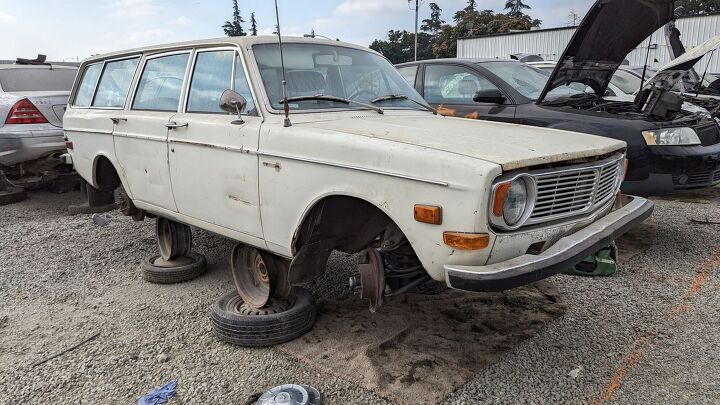
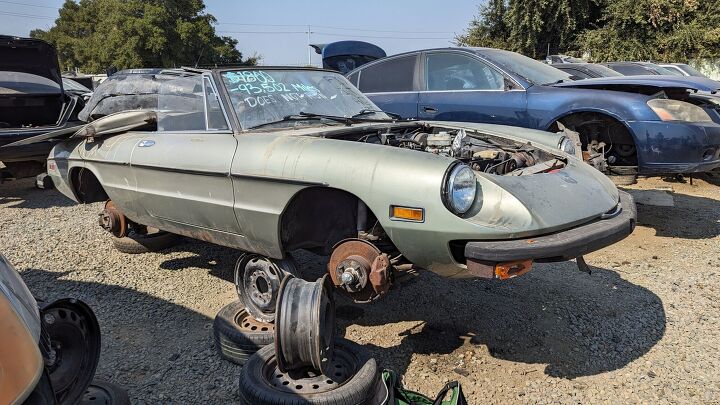
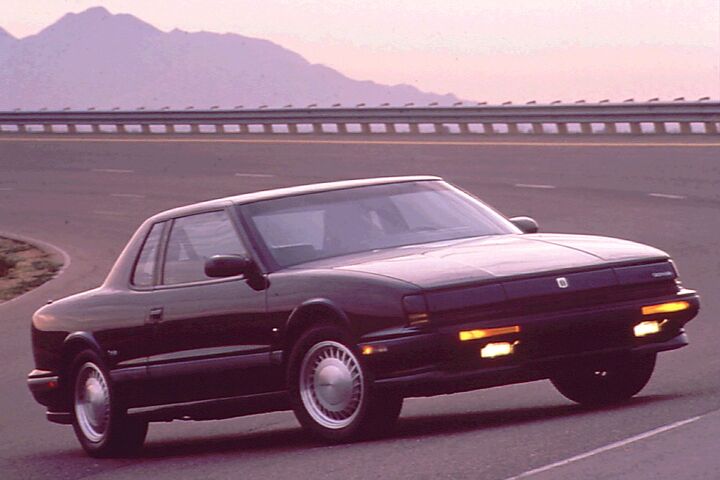
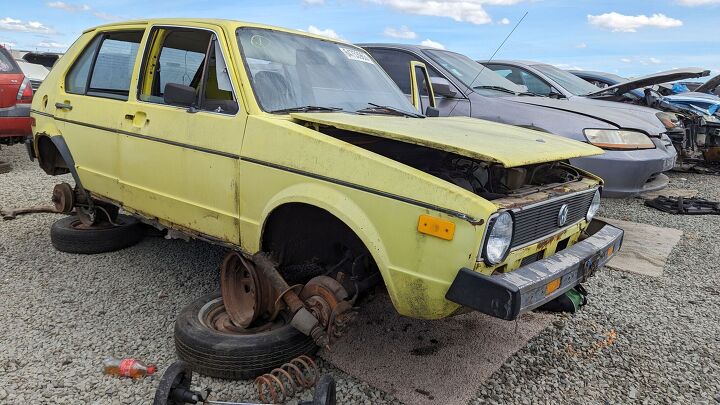
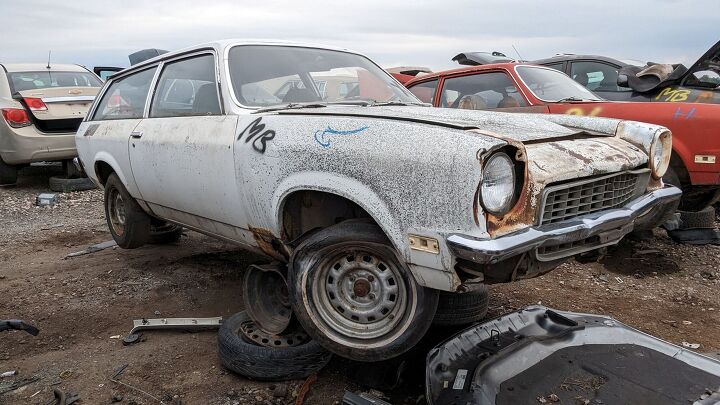

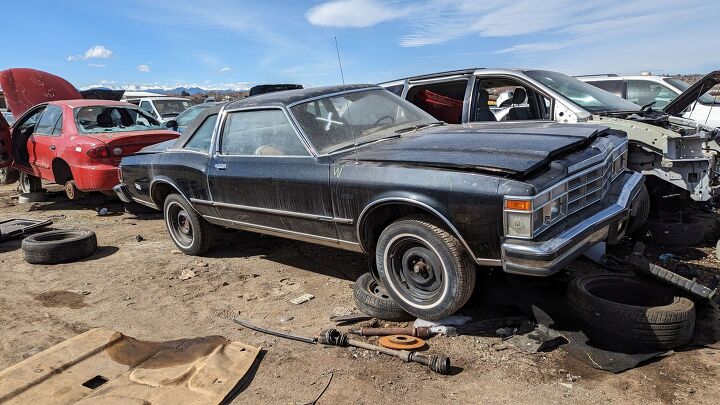
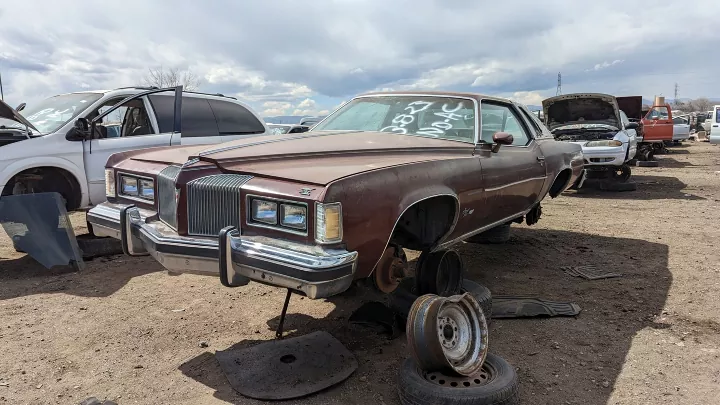
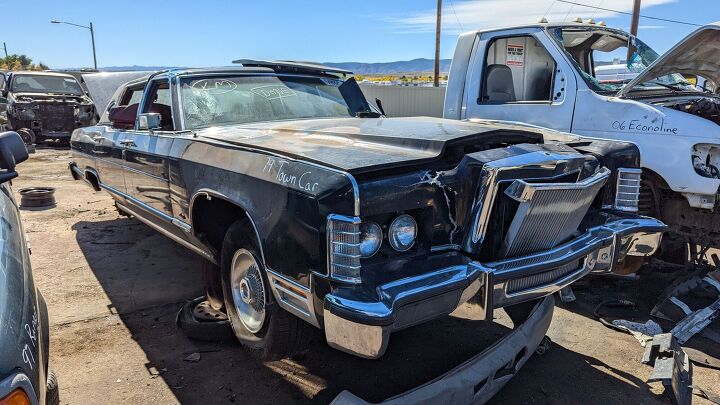
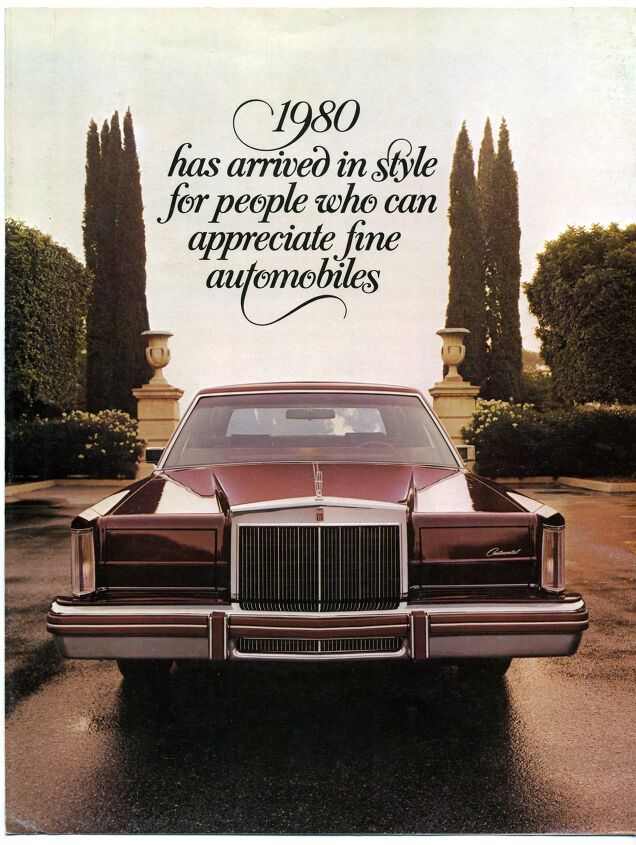
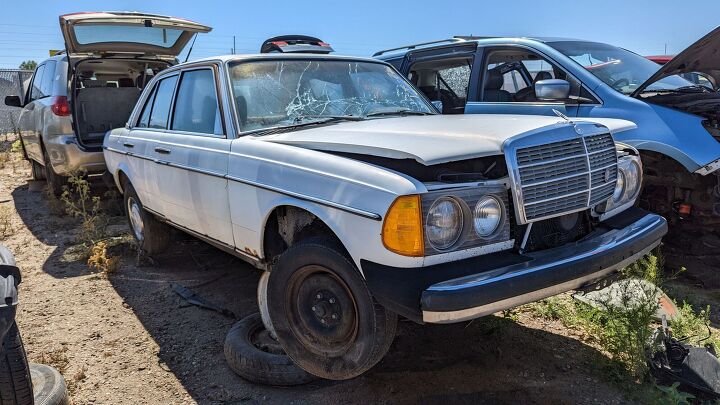
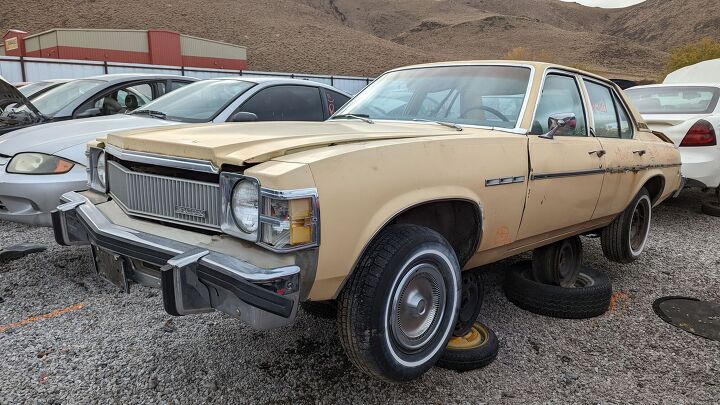












Recent Comments